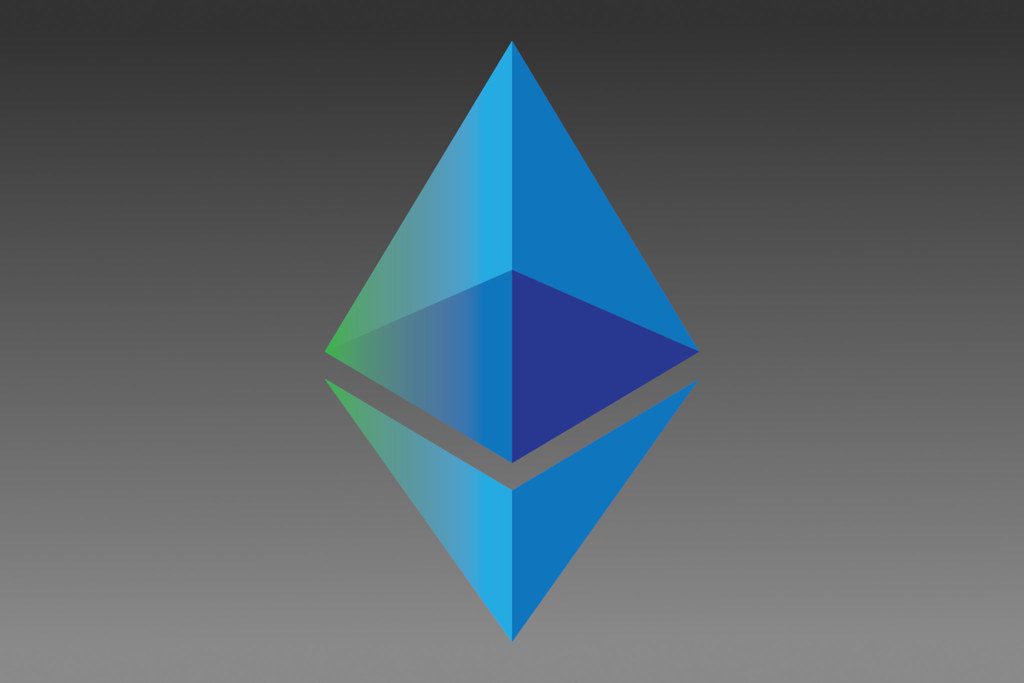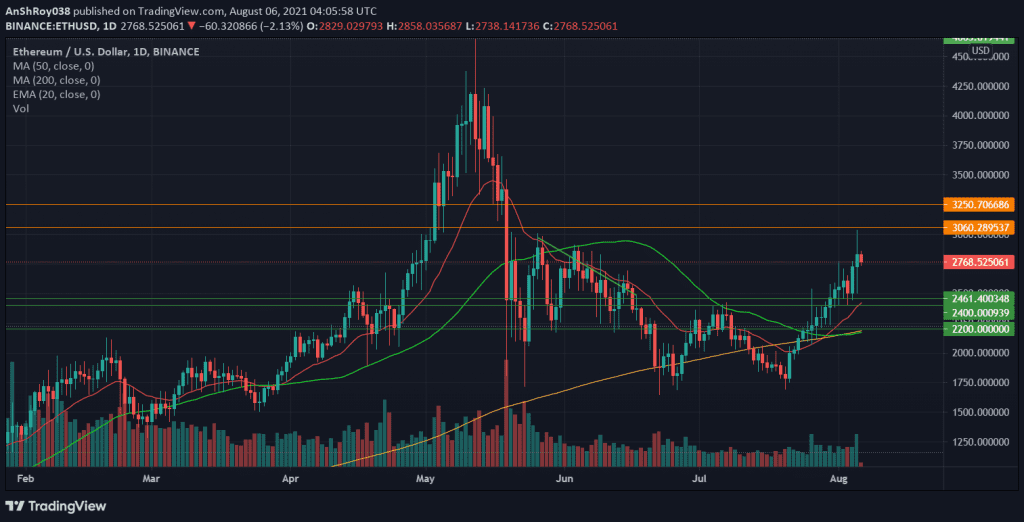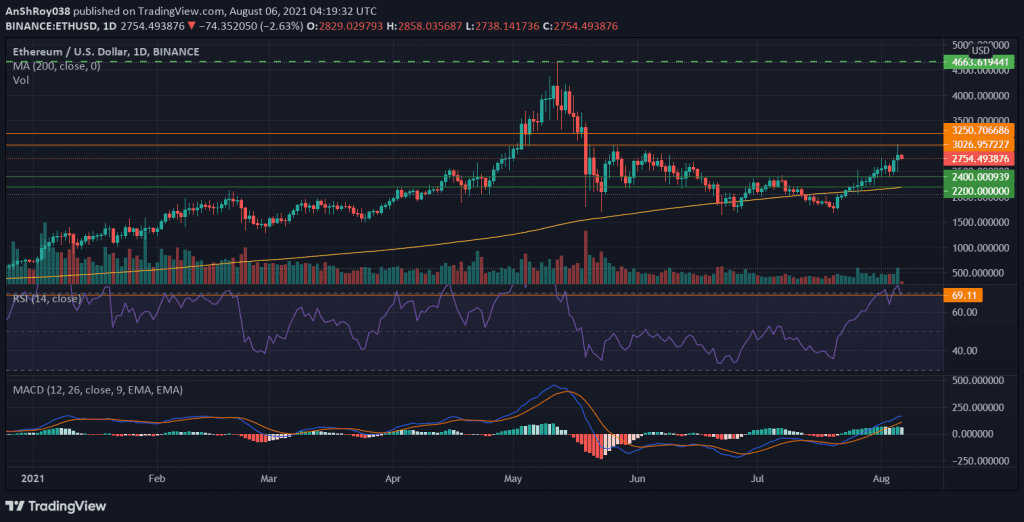
Key Takeaways:
- Ethereum’s much anticipated London Hard Fork implemented successfully on August 5.
- An improvement protocol, EIP-1559, introduced mechanism to adjust gas fees by burning part of the transaction fee.
- Ether (ETH) prices jumped 21% after implementation of the new update.
NEW DELHI (CoinChapter.com) — Ethereum’s London hard fork went live on August 5, introducing upgrades that, among other things, simplify transaction fees payment. The much-awaited event brought the EIP-1559 upgrade that includes a mechanism to adjust gas fees on the blockchain.
However, part of the mechanism comprises burning a portion of the transaction fees, which is a first for the World’s second-largest cryptocurrency by market cap.
In the meantime, Ether (ETH), Ethereum’s native cryptocurrency, jumped 21% from August 4’s low of $2505.169 to the day’s high of $3033.766. However, prices corrected later in the day as Ether closed the day on $2828.845.
Ethereum’s Burning Update
The latest changes to Ethereum’s code target issues like scalability problems, exorbitant transaction fees, etc. Moreover, with worldwide increased interest in NFTs (often backed by Ethereum blockchain) and the growth of DeFi, the issues plaguing Ethereum have worsened.
Ethereum Improvement Proposal 1559, or EIP-1559, changes Ethereum’s fee structure drastically. Before the upgrade, users placed a bid with miners for inclusion in the next transaction block. However, this method essentially meant taking a shot in the dark to decide gas prices.
Also Read: ETH jumps 12% as Ethereum’s London hard fork nears, crash ahead?
Moreover, users would offer to pay more than the transaction fee to prioritize their transactions. After the latest upgrade, the new protocol will determine the transaction fee based on overall network demand. However, users can still jump the queue by tipping.
In addition, the London hard fork would double the block size. While theoretically doubling the number of transactions, the upgrade targets demand spikes to ensure the stability of gas prices.
However, the most talked-about change brought about by EIP-1559 is the decision to burn a certain amount of ETH from the transaction fees. In detail, crypto-burning means sending cryptocurrency to a wallet that no one can access. Thus, burning removes tokens from the active supply.
The burn process will burn Ether that would otherwise go to miners. Thus, although the reduction in supply will help Ether prices, the move will reduce miners’ income. As such, EIP-1559 may attract some unwanted controversy.
Since the update went live, the total Ether burned is 4016 ETH, with a 24-hour burn rate of 2.77 ETH/min. Moreover, the burn is led by an anonymous wallet that burnt 526.26 ETH. The NFT marketplace, OpenSea, is second, burning 474.69 EHT. Finally, automated Token Exchange Uniswap is third with 317.39 ETH.
EIP-3554, a part of the hard fork, paves the way for Ethereum 2.0, which will switch the network from a ‘proof-of-work mining system to a ‘proof-of-stake system.
Ether Price Trend
As expected, the latest update popped up Ether prices as the token gained 24% from August 4’s low of $2,446.15 to August 5’s high of $3,033. Moreover, ETH breached the $3,000 price level for the first time since May 26.

ETH is trading above its 50-Day (Green) and 200-Day (Yellow) Moving Average trendlines, which indicates the token is bullish in the short and long-term ranges.
Also Read: VeChain exploded by more than 50% after successful VIP-193 testnet.
Although ETH breached above the $3,000 price level, its prices corrected before the close of trade on Thursday. Hence, immediate resistance is likely at $3,000. However, if ETH breaks above the resistance, $3,250 will likely cap the uptrend.
Support for Ether is at $2,461.40, followed by support at $2,400. Furthermore, the 200-Day MA trendline forms support at the $2,200 price level.

The relative strength index for ETH pulled back from the overbought region and now rests at the borderline with a value of 69.11.
Meanwhile, the trend-based momentum oscillator MACD is bullish for Ether. Bars on the MACD histogram are above zero, which means the MACD line (12-Day EMA and 26-Day EMA difference) is above the MACD signal line (9-Day EMA of MACD). As such, it indicates that ETH’s momentum is bullish for now.
While the London hard fork introduces a burn mechanism to the network and paves the way for Ethereum 2.0, the loss of income for miners may create controversy.
At the time of writing, ETH was trading at $2,778, down 1.78% on the day.


